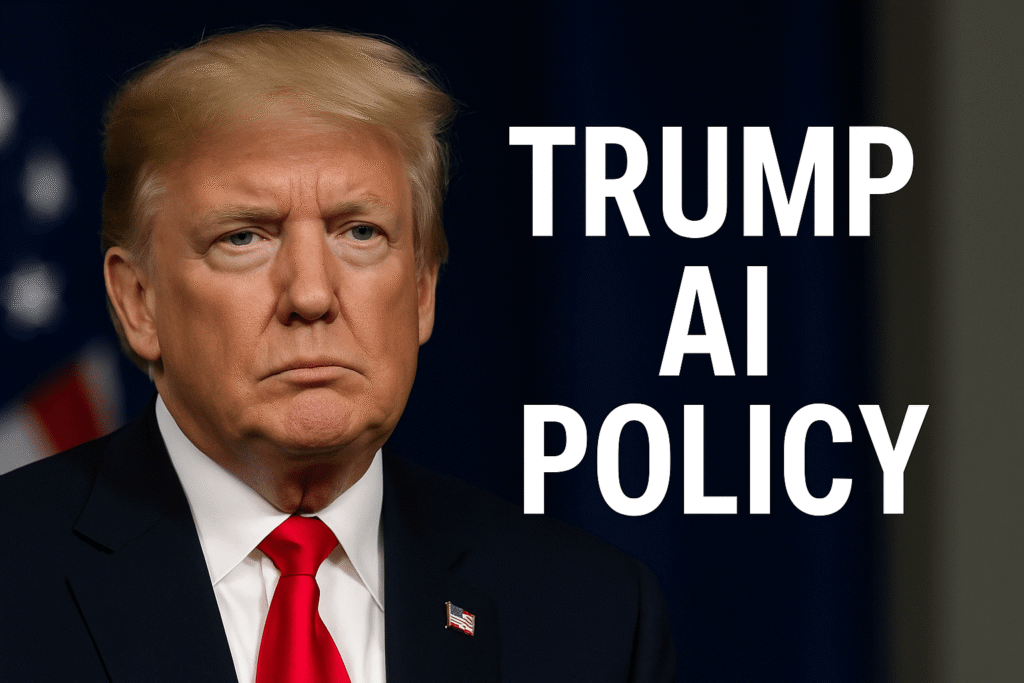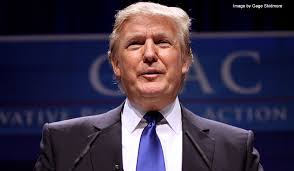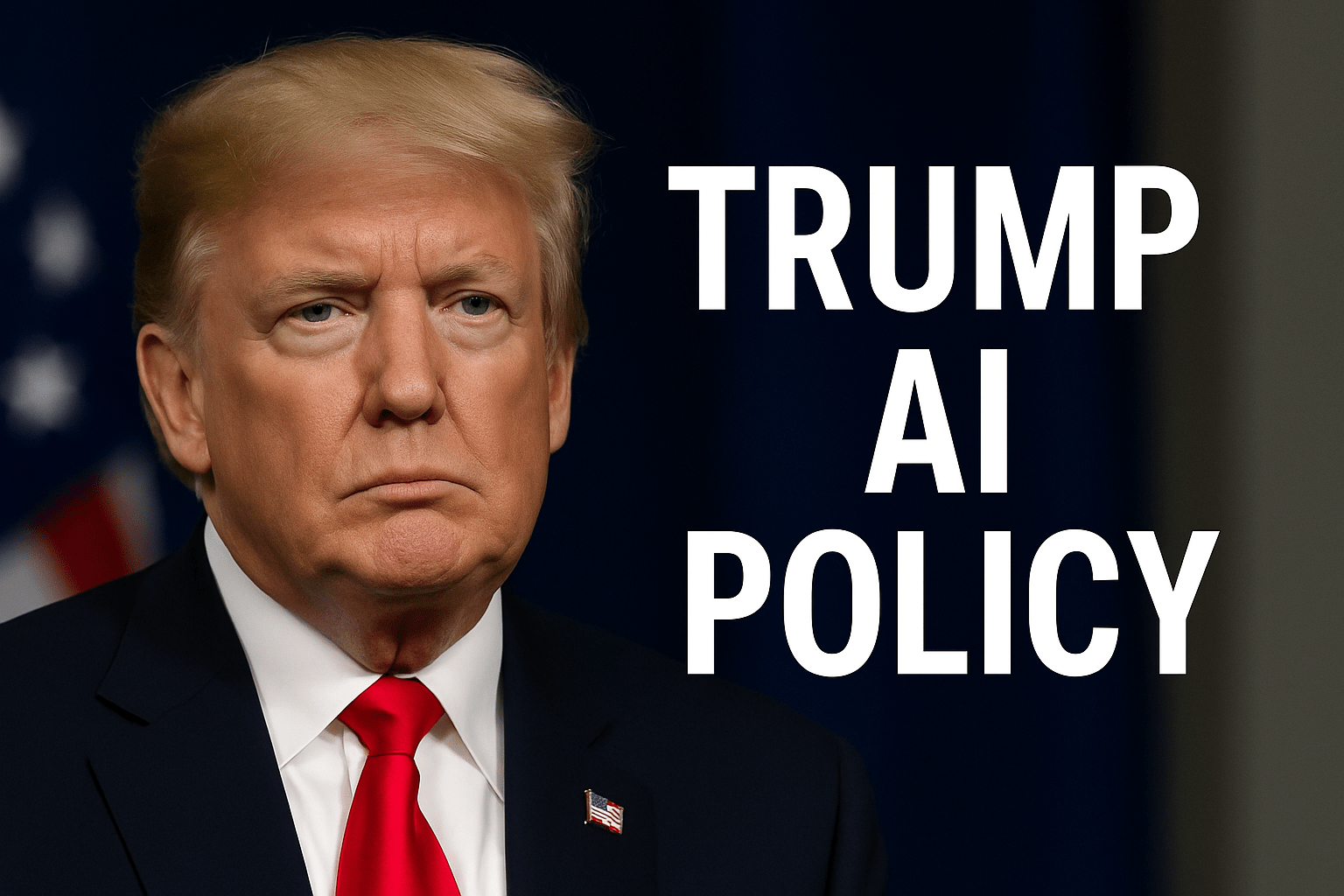In a bold and highly controversial move, former President Donald Trump has signed a new executive order that redefines how artificial intelligence (AI) is governed within the federal government. The directive, officially named the “Preventing Woke AI in the Federal Government” order, is already making waves in the tech, political, and civil rights communities.
This landmark initiative widely known as the Trump AI policy bars federal agencies from contracting with AI vendors whose models are perceived to include ideological content. The sweeping order targets systems that embed diversity, equity, and inclusion (DEI) principles, critical race theory, and transgender identity frameworks, labeling them as politically biased and unsuitable for federal use.
What the Trump AI Policy Enforces: Trump AI Policy

At its core, the Trump executive order on AI outlines two strict standards that all AI systems must meet in order to qualify for government contracts:
- Truth-Seeking: AI models must prioritize factual accuracy grounded in historical and scientific evidence, and clearly indicate when uncertainty exists.
- Ideological Neutrality: The systems must avoid promoting any ideological or partisan viewpoints unless a user explicitly requests it.
This anti woke AI policy further mandates that all federal contracts with AI vendors include specific compliance language. If a vendor’s product is later found to breach these ideological guidelines, they can be held financially liable, including covering costs for model decommissioning or replacement.
Federal agencies will also be required to audit AI systems in use and submit reports to confirm compliance with the new standards. According to insiders at the White House, this move is aimed at protecting taxpayers from “activist technology” while ensuring that U.S. AI infrastructure remains “objective and reliable.”
Part of a Larger Deregulatory Strategy
The Trump AI policy is just one piece of a broader national initiative known as the “Winning the Race” AI Action Plan, a 28-page strategy aimed at boosting American leadership in the global AI market.
Other measures announced alongside the executive order include:
- Fast-tracking AI data center development, with relaxed environmental regulations to encourage infrastructure growth.
- Easing export controls on semiconductors, allowing U.S. chipmakers to more easily serve international markets.
- Launching an American AI Export Program, designed to position U.S. AI companies as global industry leaders.
These collective steps signal a clear shift away from the Biden administration’s regulatory guardrails and toward a market-first, innovation-focused approach to artificial intelligence.
Support and Backlash: Trump AI Policy
Supporters of the unbiased AI directive argue that Trump’s order is long overdue. They claim that many AI models especially large language models (LLMs) have been subtly pushing progressive viewpoints under the guise of fairness and inclusion. By enforcing a standard of neutrality, they say, the government can avoid institutionalizing political bias in AI tools that are used for public services and decision-making.
Conservative think tanks and political allies have praised the move as a necessary corrective to what they see as ideological overreach by Silicon Valley. “For too long, we’ve allowed unelected engineers to program values into machines that influence government policy,” said a spokesperson from the America First Technology Alliance. “This directive reclaims that power for the people.”
However, civil rights organizations and many AI ethicists have condemned the policy, warning that it may in fact promote a new form of censorship. Critics argue that the order discourages efforts to address long-standing systemic biases within data and models an essential part of building ethical AI systems.
“This isn’t neutrality; it’s forced ignorance,” said a senior policy analyst at the Electronic Frontier Foundation. “By banning models that recognize real-world disparities, the Trump AI policy risks institutionalizing harm and discrimination under the label of objectivity.”
Legal and Industry Implications
Legal experts have raised serious concerns about how the order may conflict with First Amendment protections and existing anti-discrimination laws. Some believe the government AI procurement rules laid out in the policy could face court challenges, particularly if they’re perceived as targeting protected speech or academic research.
Meanwhile, industry response has been mixed. Some leading AI vendors have already begun adjusting internal policies to remain eligible for federal contracts, rewriting documentation and adjusting model outputs to comply with the neutrality clause.
Others, especially those in academic or nonprofit sectors, have voiced resistance. “The idea that any model can be truly ideologically neutral is misleading,” said a professor of AI governance at Stanford University. “All machine learning reflects human decisions—data choice, labeling, even what we define as ‘truth.’ Pretending otherwise is dangerous.”
What Comes Next?

The Office of Management and Budget (OMB) has been directed to issue official guidance within 120 days, clarifying how agencies should interpret and implement the Trump AI policy. The General Services Administration (GSA) is also expected to create a new bias-vetting framework for vendors seeking federal AI contracts.
As this policy takes shape, many AI companies are preparing to overhaul their governance strategies in hopes of staying eligible for billions in federal spending. Whether this pivot will lead to truly neutral systems or merely incentivize subtle self-censorship remains to be seen.







